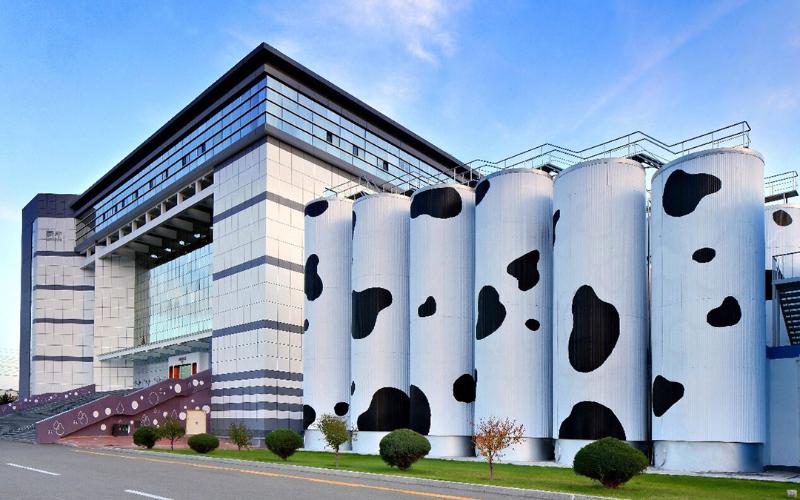Whole Milk Returning To US Schools After Congressional Approval
The Whole Milk for Healthy Kids Act has successfully cleared (Dec 15, 2025) both chambers of Congress, signifying a significant policy reversal regarding milk options available in US schools. This legislation overturns a 2012 federal rule from the Healthy, Hunger-Free Kids Act which restricted school milk offerings to only fat-free or 1 percent varieties. The bill, championed by bipartisan support and expected to be signed by President Trump, aims to reintroduce whole and 2 percent milk options.
Dairy farmers and industry representatives have warmly welcomed this legislative change, viewing it as a potential market booster. Keith Kimball, chairperson of the Northeast Dairy Producers Association, noted that whole milk contains essential nutrients beneficial for children’s growth. The reintroduction of whole milk is seen as a way to meet children’s beverage preferences while promoting science-backed nutrition choices.
Economist Daniel Munch from the American Farm Bureau Federation noted that while the legislation might not result in substantial windfalls for dairy farmers, it is anticipated to have a measurable impact on dairy markets. Schools, serving nearly 4.9 billion lunches in 2024, could shift significant butterfat volumes from butter and cheese production back into fluid milk channels. This change may benefit smaller dairies by creating local farm-to-school supply opportunities.
Senator Kirsten Gillibrand emphasized the importance of the legislation for student nutrition and local agriculture, highlighting the National School Lunch Program’s influence on dairy demand. The program serves about 30 million students daily and accounts for approximately 7.5 percent of US fluid milk sales, thus playing a key role in shaping market dynamics.


